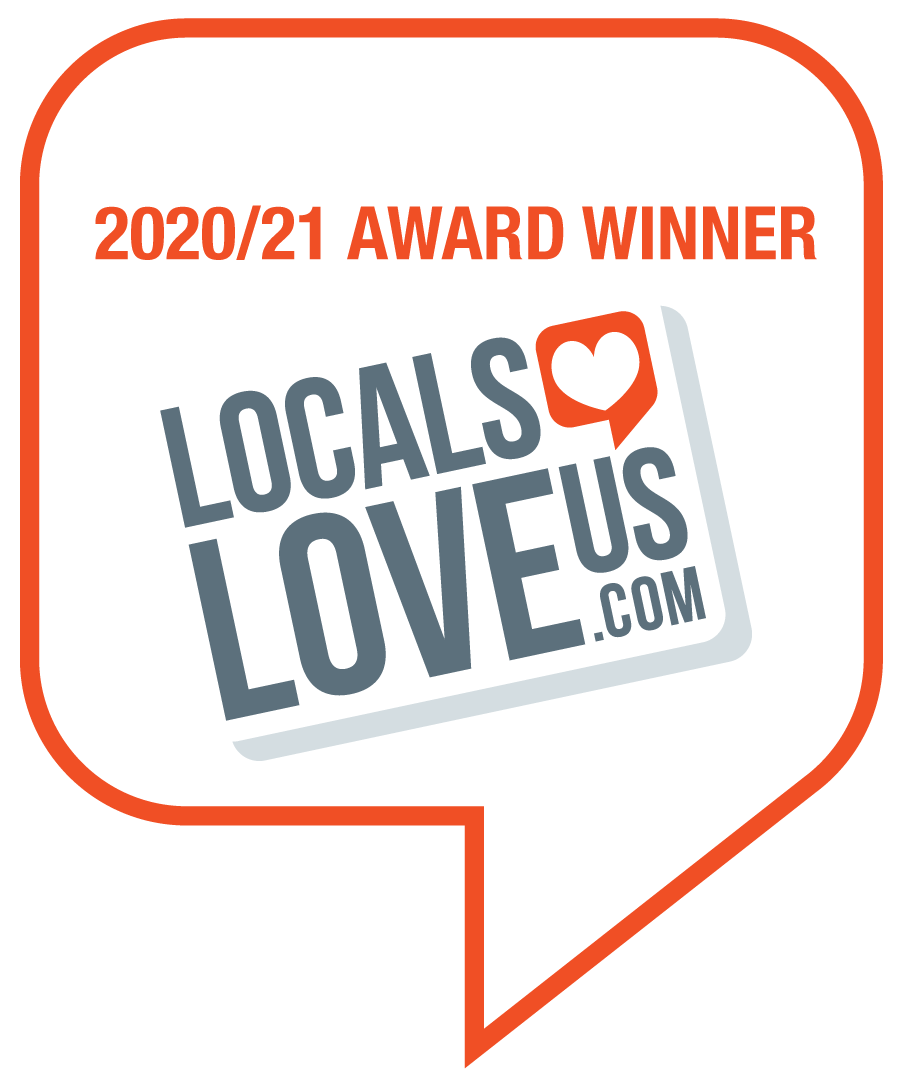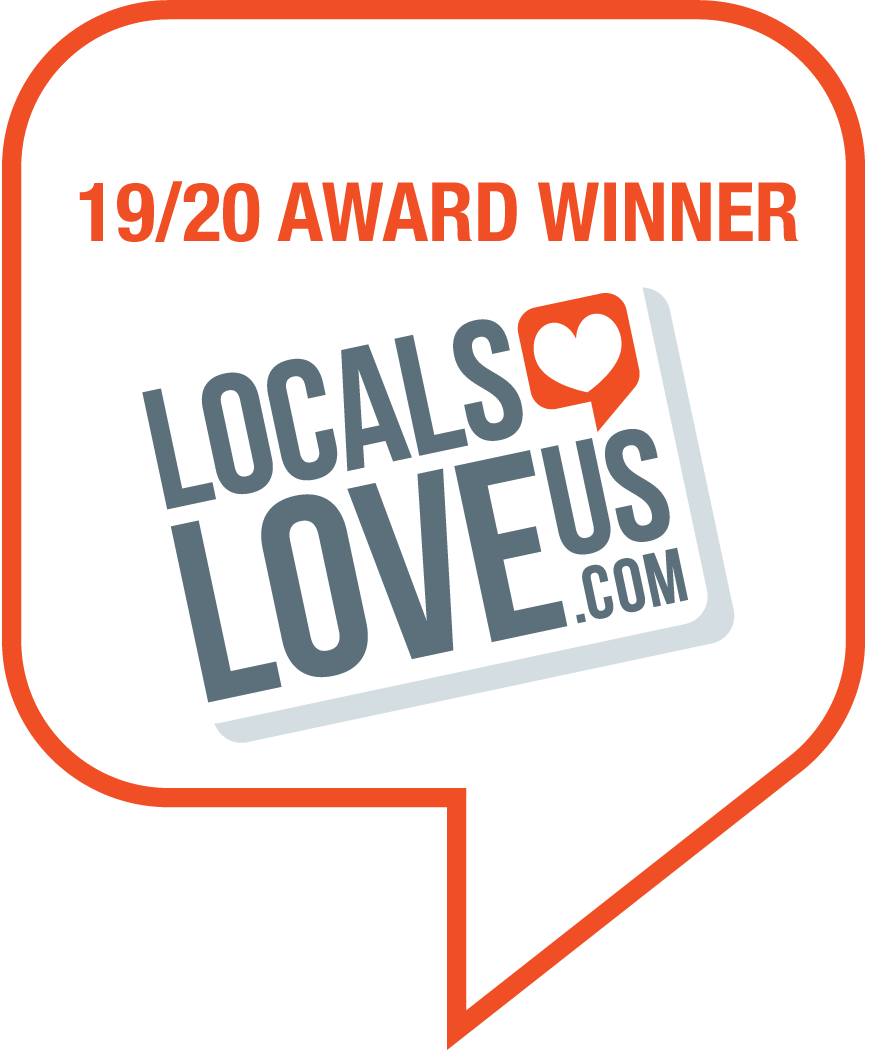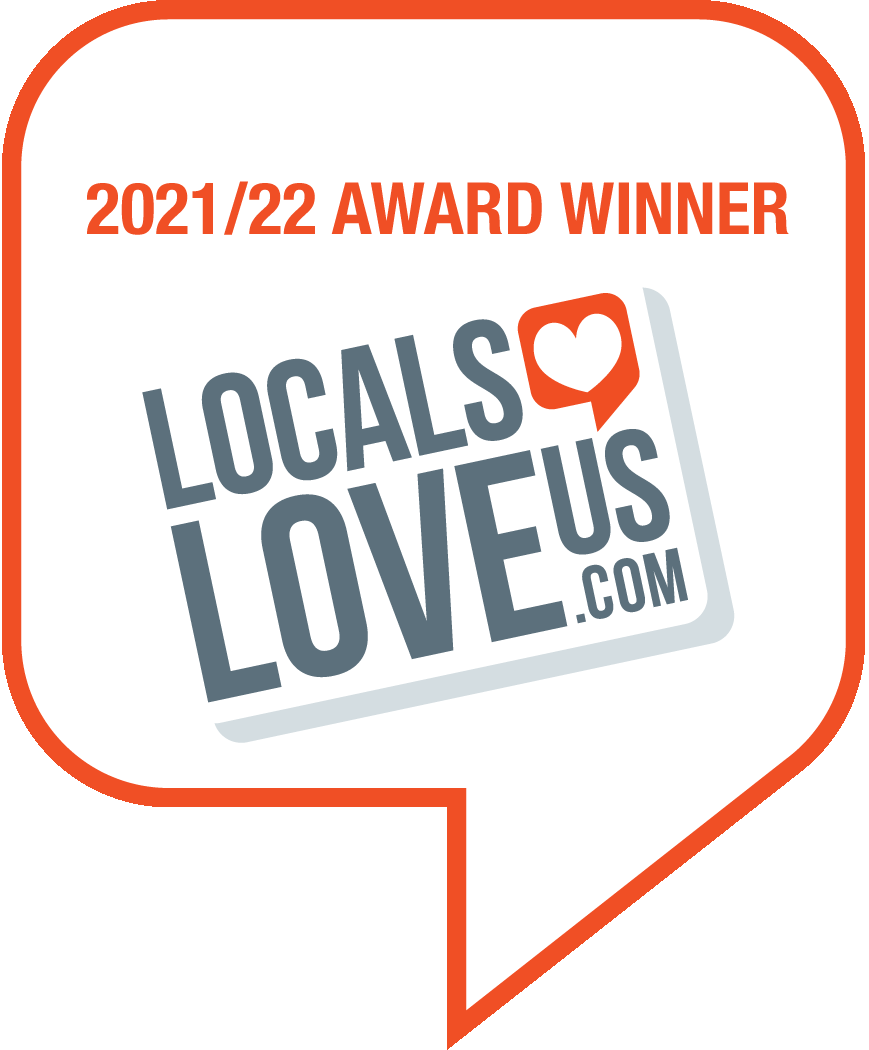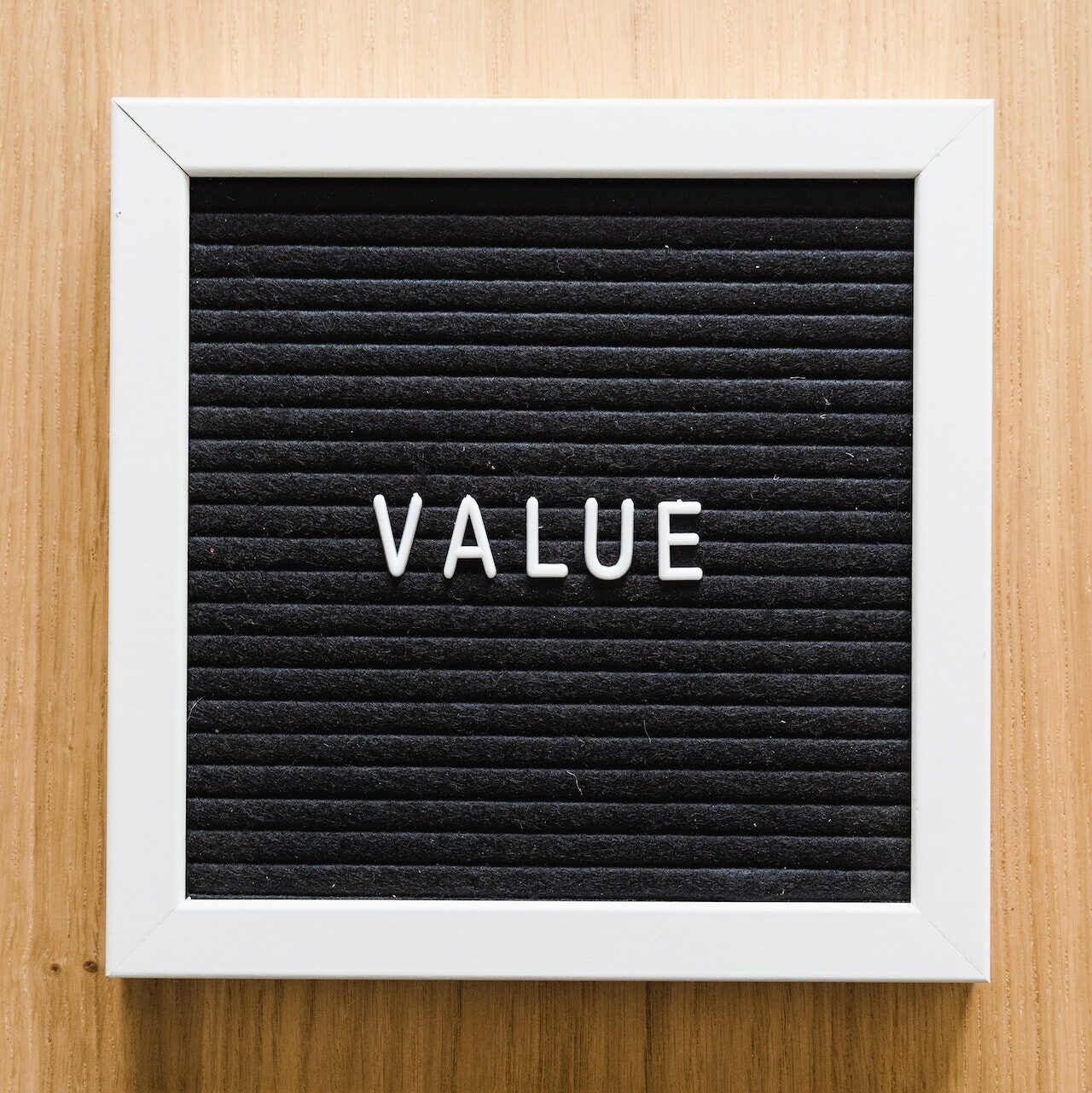All too often people, including real estate investors, try to oversimplify the real estate investing process. The truth is it’s complicated, but that doesn’t mean it has to be difficult. It’s important to understand the details and the “why” of it all. Without that foundation of understanding you’ll be operating with an awful lot of blind spots, and that’s not an advantageous place to be! One blind spot I see a lot is people who get too focused on one property type or another. Alternatively there are also those who don’t get focused enough on a property type to really become an expert in it. The biggest profits tend to come from finding a niche that you enjoy and is profitable and maximizing your production within that niche.
This blog article is intended to help you narrow down the list to some property types that might work well for you to focus on. I’m not saying that a little diversification isn’t a good thing, because it is. What I am saying is that investing in too many different property types will prevent you from becoming an expert on any one, and that *most likely* will prevent you from the bulk of the best profit generating opportunities.
There are a LOT of different property types. Within those types there are subcategories that define them even further. Each property type has it’s advantages and disadvantages, and your situation and capacities may guide you to one or more property types. Starting with the broadest division, most property types fall into either residential, commercial, industrial, or agricultural. However these divisions are SO broad that it become difficult to discuss them effectively at this level. In general terms residential is somewhere people live, commercial is places of business, industrial is where something is manufactured, and agricultural is where something is grown. Not really informative huh? Let’s dive a bit deeper.
Investing in Residential Properties
Residential is one of my favorites for several reasons:
- Everyone needs a place to live
- The barriers to entry are low
- Financing is abundant
- It’s easy to understand
There are more reasons to like residential than just these, but these are my highlights. Residential properties come in many different categories. These would include single family detached houses, single family attached, small multifamily (duplexes, etc) large multifamily (apartment complexes) condos, co-ops, conversions, STR, etc. I’m sure I’m missing one or more, but these are the primary ones. I like single family houses because they rent quickly and tenants tend to stay for long periods of time, however larger (5+ units) multifamily come with the advantage of income and expense stability, scale, and appraised values based on income rather than comps. In general a well managed residential unit should maintain an occupancy of 90% or more over longer periods (3+ years) of time. These investments can be made starting at around $1000 for tax title properties and go up to many millions of dollars for apartment complexes. Expected ROI is generally in the 0-15% range depending on location, market, price, and condition. Management of residential real estate can be done by professional property managers usually for a % of the rent revenue, or you can manage yourself. Time requirements are relatively low especially while units are occupied if you’re doing it right. Most people could manage 10 units somewhat effectively while working a full time job, however a good property manager will pay their own fee by minimizing vacancy and maximizing rents.
Investing in Commercial Properties
Commercial properties come in far more categories than residential. Most of the categories have subcategories, and some of the subcategories might have subcategories too. Commercial real estate is anything but specific. Examples include retail, office, hospitality, medical, parking, warehouse, and the list goes on. For subcategories, retail could be a stand alone building, strip mall, enclosed mall, kiosk, vending machine, or restaurant. Office would include high rise office space, stand alone, boutique, and co-op shared working spaces. I think you get the idea. I hear “commercial is the only way to invest in real estate” a lot, and I can say there are some advantages. The main one I think of is that commercial tenants are much less headache than a typical residential tenant, and the laws aren’t as restrictive with commercial tenants. Your lease can specify that a commercial tenant is responsible for their own repairs, and even the taxes and insurance too. The flexibility in commercial leases is nearly endless. Additionally when a commercial tenant leases a building it’s usually for the long term, so vacancy can be few and far between. The flip side of that is that when it does become vacant it can stay vacant for very long periods of time. In situations where the needs of typical tenants have shifted it may require substantial investment to make a vacant unit rentable again. For instance recently we’ve seen where larger commercial spaces are nearly unrentable, so they either need to be subdivided, or that’s not possible just rented at a significantly lower price per square foot to make it comparable in price to units much smaller. I like to say that commercial investing is a rich mans game, because the carrying costs can cripple an average investor during long periods of vacancy. Purchase prices for decent income producing commercial real estate generallly starts at $500,000, and can go into the hundreds of millions of dollars for a large retail development. ROI is all over the place depending on a multitude of factors. Typically returns are much lower than residential because you’re competing with larger investors that have lower ROI requirements. For purchases over $1,000,000 it’s extremely unusual to generate an ROI over 8% in the first few years. Management can be done by commercial property manager or self management often is very doable if you have a good understanding of the fundamentals and processes. Since commercial tenants usually require less collection, maintenance, etc time requirements for occupied units are usually much less than residential. Most people could manage 15-20 units of commercial while working full time, however the intricacies of commercial real estate make self management unadvisable for sure.
Investing in other types of Real Estate
The other popular types of real estate to invest in include self storage, parking lots, warehouses, hotels, industrial buildings or parks, medical offices, trailer or rv parks, assisted living facilities, timber land, and recreational land. Some of these typically don’t cash flow (timber and rec land stands out for sure) over the short term, and are really more of speculative investments. Some, like self storage, and trailer parks have attracted a lot of attention lately because of low maintenance and high potential returns. This has driven prices up on these assets to a point where most don’t make much sense as an investment, but if you find one at a reasonable price they can be excellent money makers. Medical offices are something that many overlook but can be an excellent option. Medical practices tend to keep the same location for many years, and most of the time handle their own maintenance and repairs. Hotels and assisted living can be incredibly successful, but are among the highest cost to operate and manage. Parking requires very little to manage, but the returns on investment tend to be low.
Other Considerations in Determining Types of Real Estate to Invest In
Total return on investment for any investment is not just in dollars and cents. Your total investment also includes whatever time you’ll need to dedicate to the management of that investment. Some require very little management (like stocks, bonds, savings accounts) others may require a huge amount of management (hotels, self managed apartments and other residential units). Because the combination of capital and time invested makes up your total investment, the investments that require the least time to manage often have the lowest financial returns. Getting creative with systems, technology, employees, or contractors can help eliminate some time requirements and help make higher financial return investments more passive in nature. All in all it’s important to consider all factors involved, as well as your long term goals, to determine what your best option is to invest in.
